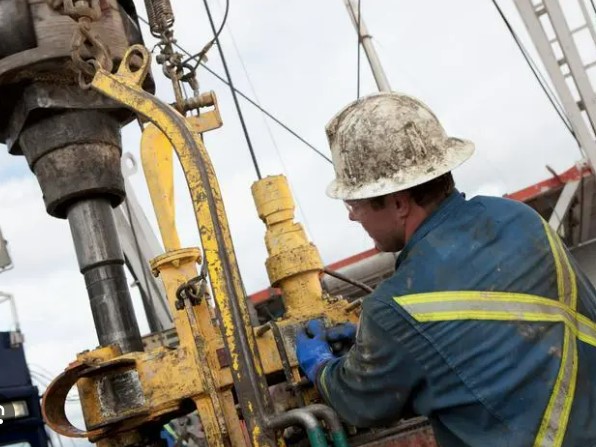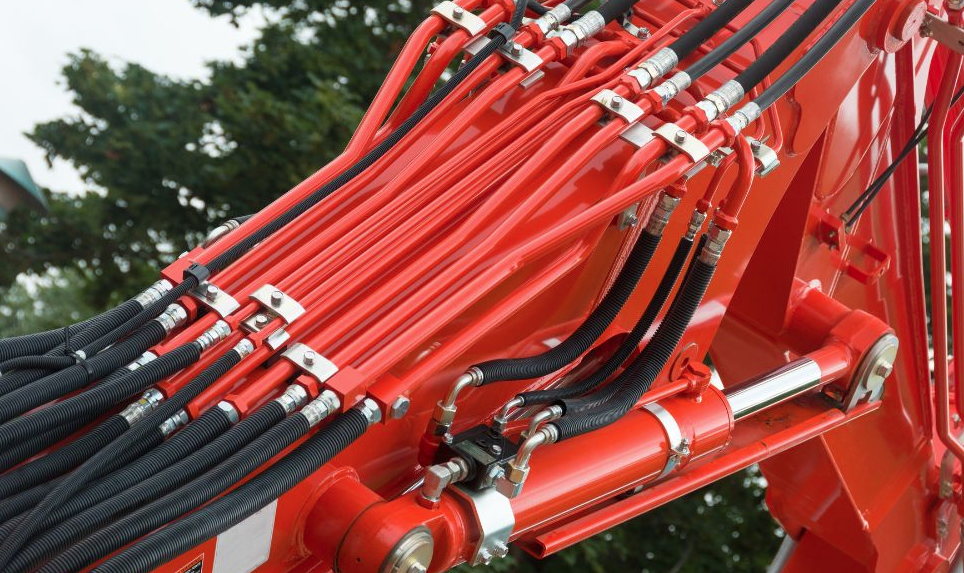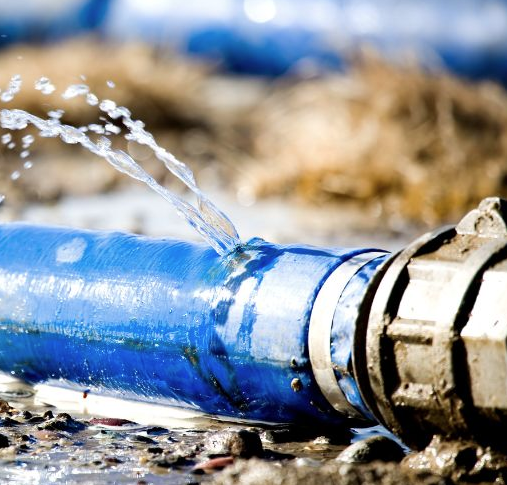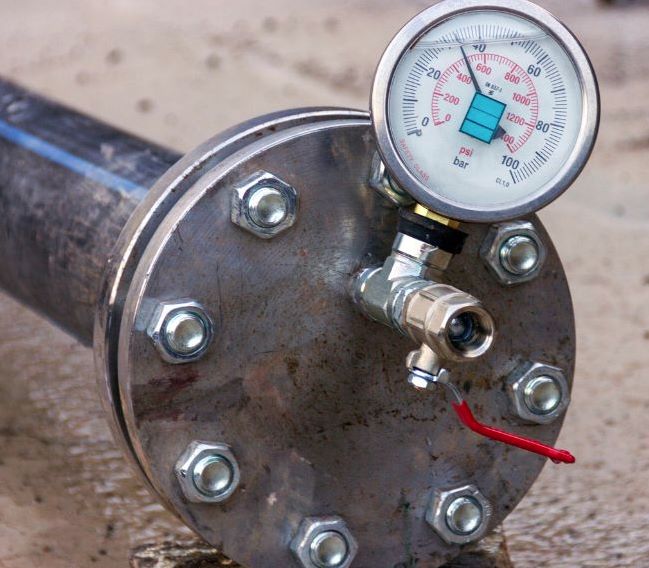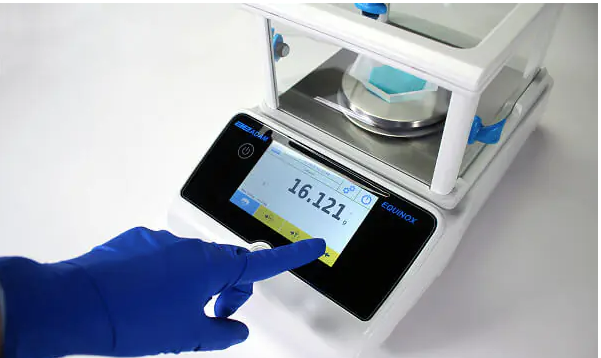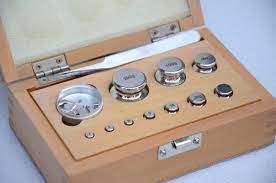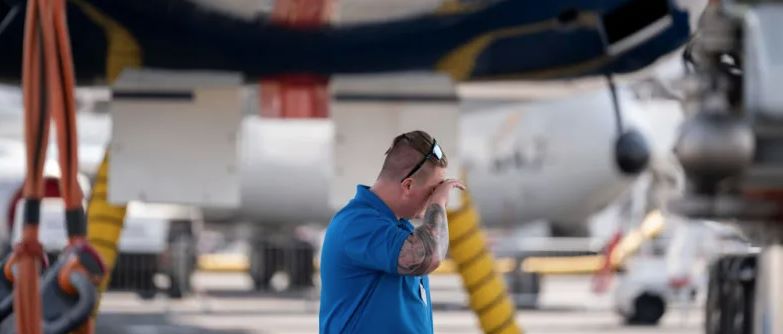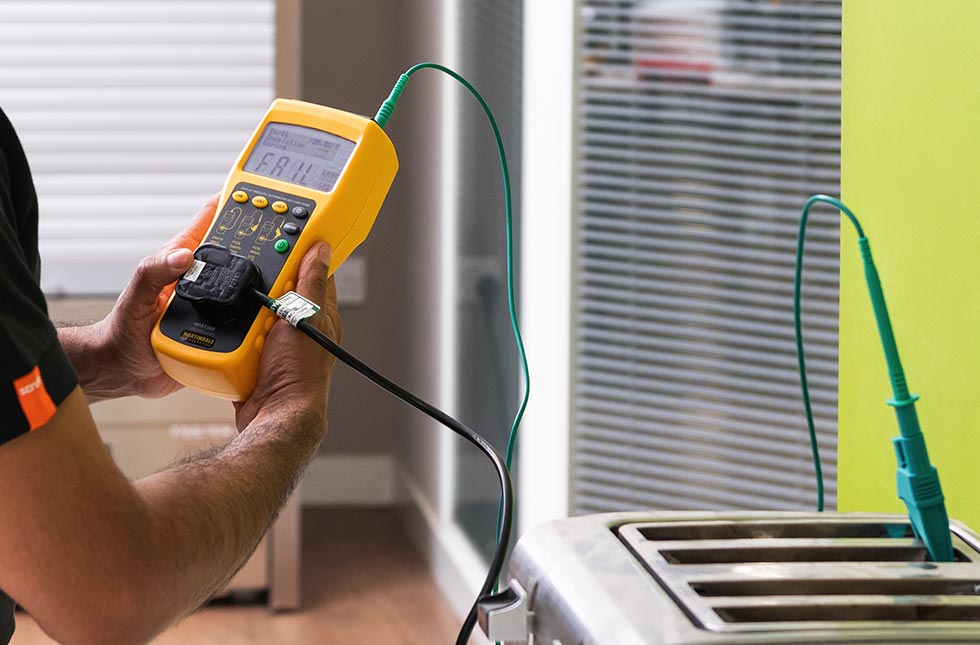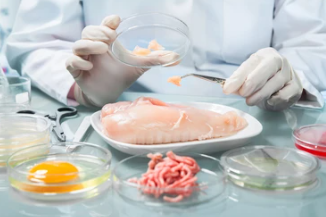Oil Well Construction Process
Drilling automation is crucial in the oil well construction process, enabling real-time decision-making and predictable results. Halliburton offers various drilling solutions, including the HalVue™ Real-Time Viewer, LOGIX® Autonomous Drilling Platform, iCruise® Intelligent Rotary Steerable System, GyroStar™ Gyro-While-Drilling Service, and GeoTech® Fixed Cutter Drill Bits. They also offer managed pressure drilling services, pipe recovery solutions, and cement systems and additives to ensure primary cement jobs in extreme conditions and increase uncontaminated mud return. Halliburton also offers casing solutions for various applications, including mature, unconventional, deepwater, and geothermal applications. These solutions help run and land casing to depth, ensure proper centralization, and achieve long-term zonal isolation.

